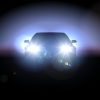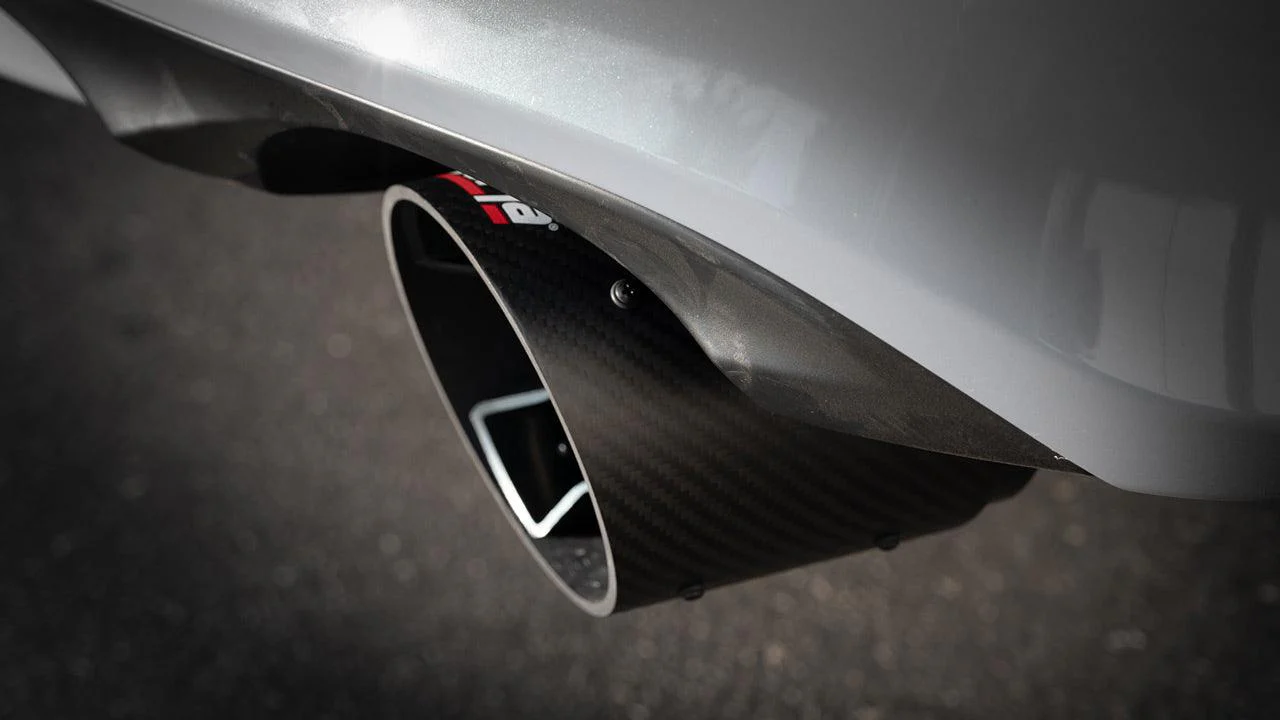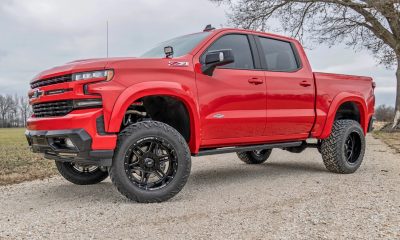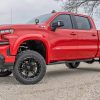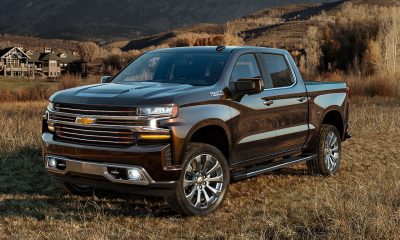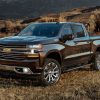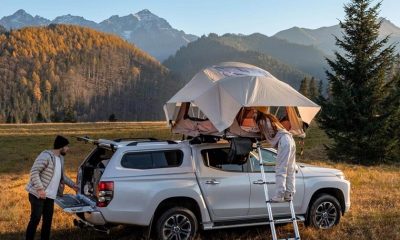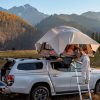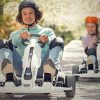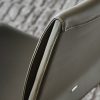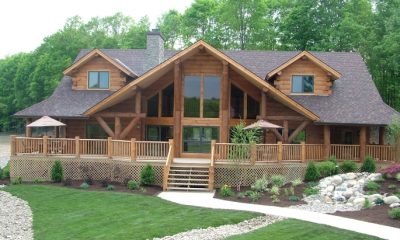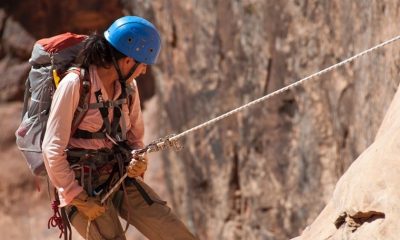Automotive
Benefits of Aftermarket Bike Controls: Most Common Levers and Controls on Handlebars
Upgrading your motorcycle’s handlebars and controls can go a long way in improving the comfort and functionality of your bike. There are many different types of aftermarket modifications you can make, and which ones you choose will depend on personal preference. However, you still need to make sure the aftermarket motorbike controls you buy are made to fit your motorcycle. While the clutch lever will always be found on the left handlebar, the horn, for instance, can be placed in a different location depending on the type of bike you ride, and the tachometer and the kick starter may not be present at all. Let’s go into more detail about all the different controls and what they’re used for.
Left Handlebar Controls
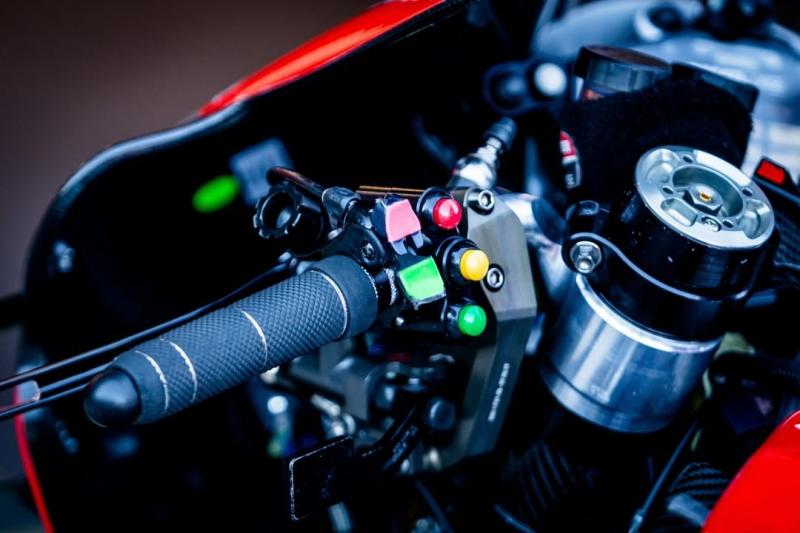
Most left handlebars will feature a clutch lever, indicators and signals, a high/low beam headlight dip switch, headlight flasher, choke and horn.
Clutch Lever
The lever is only present on manual motorcycles, and it operates the clutch. Once pulled, the engine will disengage the power from the rear wheel, and once released, it’s restored. Having a basic understanding of the workings of the clutch lever will help you prevent stalling when moving and stopping. The clutch should be used to select the first gear before taking off, going up and down gears based on speed, preventing the engine from stalling when stopping and going neutral.
You can pull the lever as quickly as you want, but releasing it should be done smoothly, especially when moving, in order to prevent stalling. Use four fingers to squeeze the lever fully to the handlebar until it stops, before selecting the right gear.
Fully automatic motorcycles, on the other hand, don’t come with a lever. So you just twist the throttle and go, so all gear changing is done automatically. On these motorcycles, the rear brake lever is fitted instead of the clutch lever. Semi-automatic motorcycles also don’t feature a lever – you simply choose which gear you want and the clutch work is done automatically.
Signals/Indicators
There are thumb-operated switches on the left handlebar. However, some models feature the left indicator control on the left handlebar, and the right indicator control on the handlebar. These are arguably the most important motorbike controls for your safety, as it lets other participants on the road know when you’re changing lanes.
Headlight Dip Switch
The headlight dip switch is operated with your left thumb, and it allows you to change between low and high beams. When the high beam is on, you’ll see a blue warning light on the instrument panel. The high beam is bright and can dazzle drivers coming from the opposite direction. However, when driving at night, you want high beam visibility, just make sure to switch to low beam once you see an incoming driver from the opposite direction.
Right Handlebar Controls
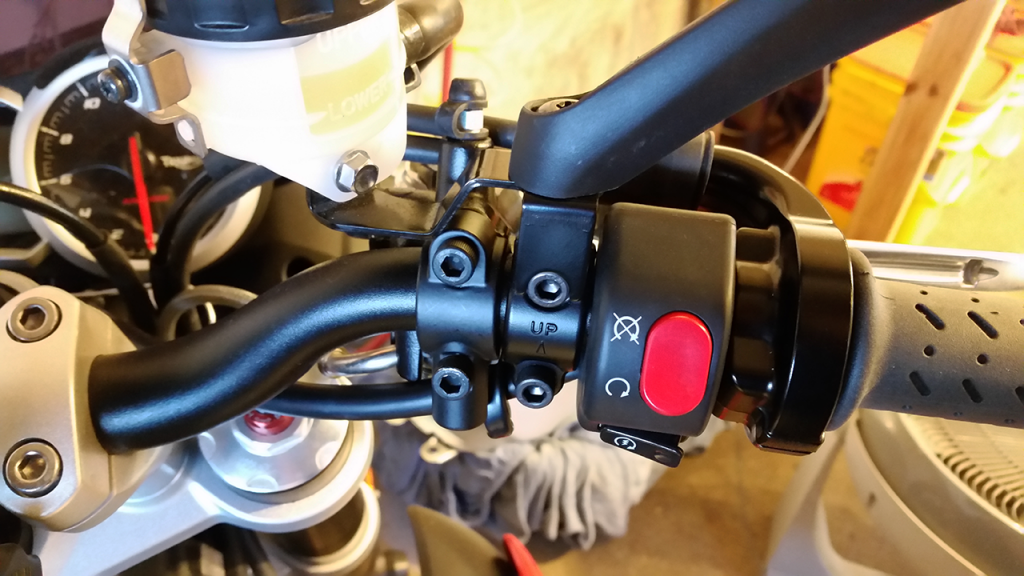
Most right handlebars will feature an engine cut-off switch, an electric start button, a front brake lever, throttle or light switch.
Engine Cut-off Switch
Operated by your right thumb, this switch is also called the engine kill switch, and is only used to stop the engine in emergency situations. You can use the ignition switch instead of the cut-off switch when you want to stop the engine normally. By using the ignition to turn off the engine, you might forget to remove the keys, and if you leave the cut-off switch in the off position, you’re more likely to experience problems with starting the engine.
Electric Start Button
This button can be fitted in the place of the kick starter lever. Before using it, make sure the engine cut-off switch is in the run position, and then you switch on the ignition. Moreover, make sure the gear selector is in neutral before pressing the start button.
Light Switch
Most newer bike models feature a dipped beam that’s turned on automatically whenever the ignition is set to on, or the engine is operational. On these models, there’s no need for a light switch, as the parking lights are turned on when you switch the ignition to park. Motorcycles that do have a light switch, have it on the right handlebar, and it’s either in the form of on/off or headlights/parking lights/off switch.
Throttle
This is what controls the speed of the engine. By twisting the throttle towards you, you increase the amount of air-to-fuel mixture going into the engine, resulting in acceleration. The more you twist, the greater the air-to-fuel mixture, and the greater the speed. To slow down, simply twist the throttle in the opposite direction. Most throttles go back to a closed position when released, making the engine idle.
Rear Brake Pedal
This pedal is used to apply the brake to the rear wheel and is generally located on the right side of the bike, just before the footrest. On some models, the rear brake can be located on the handlebar. To use the rear brake, simply press it with your right foot. To stop using it, simply remove your foot from the brake.
Writing for the blog since 2012, Chris simply loves the idea of providing people with useful info on business, technology, vehicles, industry, sports and travel – all subjects of his interest. Even though he sounds like quite the butch, he’d watch a chick flick occasionally if it makes the wife happy, and he’s a fan of skincare routines though you’d never have him admit that unless you compliment his impeccable skin complexion.


